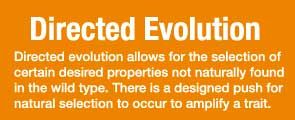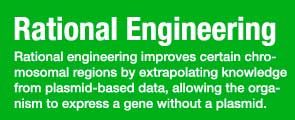
Team:UC Davis/Project/Strain
From 2012.igem.org
(Difference between revisions)
| Line 1,113: | Line 1,113: | ||
</div> | </div> | ||
<div id="myleftrightbox" class="fourboxes-3"> | <div id="myleftrightbox" class="fourboxes-3"> | ||
| - | <a href="https://2012.igem.org/Team:UC_Davis/Project/Protein_Engineering"><img src=" | + | <a href="https://2012.igem.org/Team:UC_Davis/Project/Protein_Engineering"><img src="https://static.igem.org/mediawiki/2012/f/ff/UCD_protein_small_banner.jpg"></a> |
</div> | </div> | ||
<div id="myleftrightbox" class="spacebox"> | <div id="myleftrightbox" class="spacebox"> | ||
Revision as of 02:41, 2 October 2012

Chassis Engineering: Background

Rationale
Our main goal is for the E. coli to be able to live off PET as the sole carbon source. In order to do this, it must be able to sequester the carbon into its metabolism. In the diagram below, the ethylene glycol binds to the glycolaldehyde reductase to form glycolaldehyde. After, the glycolaldehyde attaches to the glycolaldehyde dehydrogenase to form glycolate. The glycolate goes in to the metabolism via further reactions with glycolate dehydrogenase and malate synthase. The (S)-malate is the final product that is incorporated in to the citric acid (TCA) cycle. As the citric acid cycle propagates, more energy is made for the cell, allowing growth and self-sufficient development on PET.

Our Strain
References
2. Bsc, S. N. and Gp Savage Bsc(hons), PhD, Nz Reg NutR. (1999), Oxalate content of foods and its effect on humans. Asia Pacific Journal of Clinical Nutrition, 8: 64–74. doi: 10.1046/j.1440-6047.1999.00038.x
 "
"


















